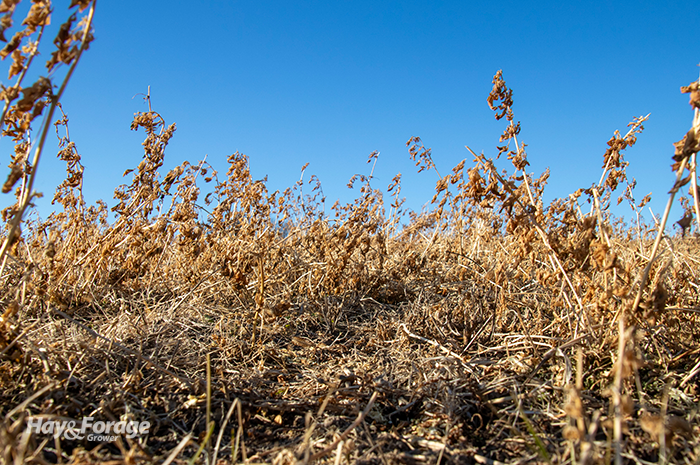
Despite already being one month into the new year, some farmers are still staring down a long road of winter hay feeding. This may not be as daunting where opportunities exist to graze winter pastures, and a recent study shows grazing dormant alfalfa could be another option to optimize feed resources.
Grazing dormant alfalfa is a relatively common practice in Montana that can provide cattle high-quality forage; however, there is little research exploring the effects this may have on subsequent hay production. Therefore, researchers from Montana State University conducted a study supported by the Alfalfa Checkoff Program to measure the differences between ungrazed and grazed alfalfa the following growing season.
What they did
The study comprised three fields in two counties — one in Beaverhead County in southwest Montana and two in Custer County in eastern Montana. The field at the former location was irrigated, whereas the fields at the latter were not. All stands were over 2 years old and contained at least 90% alfalfa.
Researchers randomly established four enclosures across each field to collect control data. They also designated grazing plots next to the enclosures. Forage samples from the grazing plots were collected at least 18 feet away from the controlled enclosures to avoid any confounding effects caused by animals congregating near fence lines.
At the southwest location, cattle grazed alfalfa for 47 days during the winter of 2018-2019. Cattle at the eastern locations grazed alfalfa for a total of 118 days. The following spring, researchers measured plant height, stem density, root score, and overall forage production upon spring green up, and plant height and biomass were measured again immediately prior to first cutting in June.
What they found
Between the controlled enclosures and the grazed plots, researchers observed no significant difference in most of the variables at both locations. One exception was alfalfa in the controlled enclosures in eastern Montana was notably taller than alfalfa in the grazed plots when measured prior to first cutting.
Overall, researchers concluded that winter grazing of alfalfa does not pose a threat to subsequent forage production, plant height, root score, or soil compaction. Therefore, they suggest farmers may be able to find more flexibility in their winter feeding plans by grazing dormant alfalfa, especially in drought years when stored forages may be in short supply.

